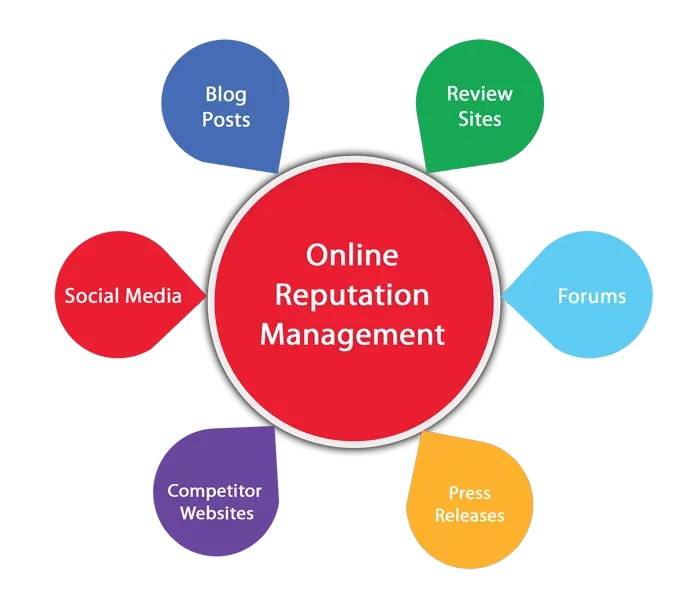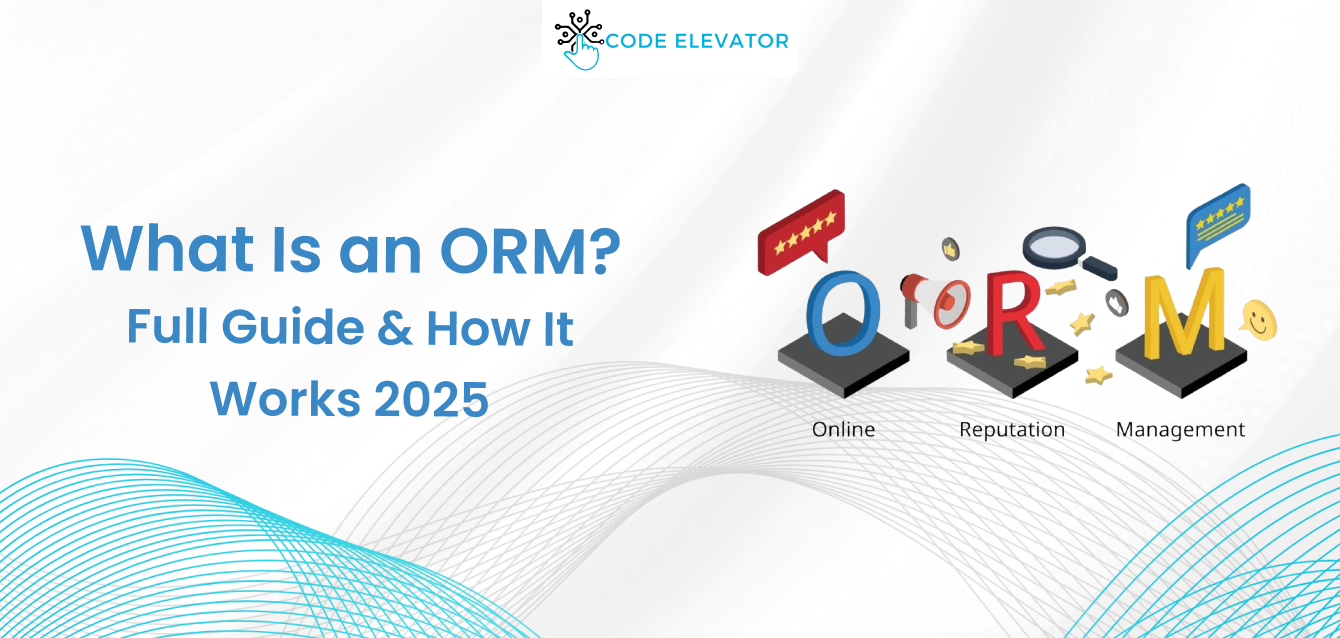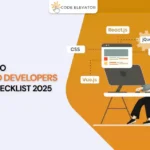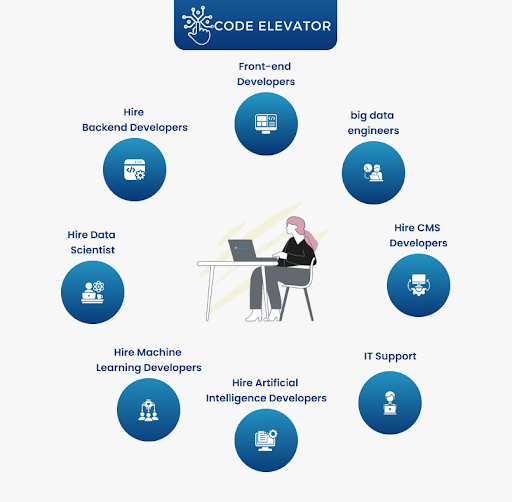Table of Content :
- Introduction
- What Is an ORM?
- Why Use ORM in Programming?
- How Does an ORM Work?
- Key Benefits of ORM
- Popular ORM Tools and Frameworks
- ORM in Different Programming Languages
- Common Misconceptions About ORM
- When Should You Use ORM?
- ORM vs Raw SQL: Which Is Better?
- The Future of ORM Technologies in 2025
- Conclusion
- Call to Action
1. Introduction
In today’s fast-paced software development, software developers require quick and efficient methods to communicate with databases. That’s the point where ORM (Object-Relational Mapping) comes in. However, what exactly an ORM is, and how will it function in the year 2025? Whether you’re new to programming or a seasoned developer, knowing ORM is vital to creating robust applications. In this article in which we’ll go over the meaning of ORM as well as what ORM frameworks operate, commonly used ORM tools, and the reasons developers utilize ORM tools to speed up database processes.
2. What Is an ORM?
2.1 ORM Definition
Its description of ORM (Object-Relational Mapping) is simple: it’s a method of programming which allows programmers to utilize objects-oriented programming to communicate to relational database. Instead of creating raw SQL queries, they work using objects. The ORM framework is responsible for the communication with databases.
2.2 Full Form of ORM
The most complete term for ORM can be described as an Object-Relational Map.
So you can ask, “What is ORM refer to?” the answer is easy: it’s for a process that maps the objects of code into databases.
In short:
- ORM definition – the Object-Relational Mapping
- Definition of ORM is a method of connect code objects with databases tables
- ORM Tools Software solutions such as Hibernate, Django ORM, SQLAlchemy
3. Why Use ORM in Programming?
ORM frameworks facilitate development because they eliminate the need for routine SQL code. With ORM:
- You save time in development.
- You are able to be sure to avoid SQL injection-related risks.
- It gives you an independent database (switching between MySQL to PostgreSQL gets easier).
That’s why orm programming has become the norm within modern day Software development.
4. How Does an ORM Work?
4.1 ORM and Databases
If you are using ORM it is possible to design classes within the programming language you use (like Python, Java, or C#). Every class is a table within the database every object is one row within the table.
4.2 ORM SQL Mapping Explained
In the background, the ORM framework transforms objects-oriented commands to SQL questions.
For an example
- Without ORM:
SELECT * FROM users WHERE id = 1; - With ORM:
user = User.objects.get(id=1)
The ORM handles data SQL translation which makes your code simpler to manage and cleaner.
5. Key Benefits of ORM
- Faster development cycles
- Code for boilerplates that are less
- Security enhancing
- Easier database migrations
- Increased maintenanceability
No matter if you’re using ORM SQL options or an fully ORM framework, these advantages are what make ORM an essential tool for developers.
6. Popular ORM Tools and Frameworks
6.1 Hibernate (Java ORM Tool)
The most extensively utilized ORM software tools available in Java Hibernate is a tool that automatizes transactions in databases efficiently.
6.2 Entity Framework (.NET ORM Framework)
The Microsoft ORM Framework .NET makes it easy for C# developers to work with SQL databases.
6.3 Django ORM (Python ORM Software)
As part of Django’s web framework The ORM software is well-known for its speedy web development.
6.4 SQLAlchemy (Python ORM Tool)
An adaptable ORM Framework which allows the most advanced customization of databases.

7. ORM in Different Programming Languages
7.1 ORM in Java
Tools that are commonly used: Hibernate, EclipseLink.
7.2 ORM in Python
Tools that are commonly used: Django ORM, SQLAlchemy.
7.3 ORM in .NET
Tool common to all: Entity Framework.
Each language comes with their specific ORM options which makes it simple for designers to select which one is most suitable for their needs.
8. Common Misconceptions About ORM
- ORM is a slow-performing program. (Not true if utilized in a correct manner.)
- ORM is intended for people who are just beginning. (Even advanced developers use ORM frameworks.)
- ORM is a replacement for SQL entirely. (In reality, occasionally raw SQL is required.)
9. When Should You Use ORM?
Utilize ORM whenever:
- You want faster development.
- Your app requires database portability.
- You would prefer maintained codes instead of complex SQL.
Avoid ORM if:
- You require the highest performance by using the use of custom queries.
- It’s a intricate SQL processes.
10. ORM vs Raw SQL: Which Is Better?
- ORM Best for maintenance and performance.
- Raw SQL – Ideal for applications that require high performance.
The smartest designers typically utilize both ORM as well as SQL in conjunction.
11. The Future of ORM Technologies in 2025
By 2025 the ORM frameworks will be evolving to include:
- AI-powered optimization of queries
- Cloud-based solutions for ORM
- Integration with microservices as well as NoSQL databases
ORM remains a vital component of the software ORM advancement.
12. Conclusion
What, what is ORM and how will it function by 2025?
ORM refers to the term “Object-Relational Mapping” is a technique in software which connects databases to programming languages. Through ORM-related tools, frameworks and applications developers can cut down on time, improve security, and increase in scalability.
If you’re planning to build applications for 2025, knowing ORM frameworks is vital to your success.
13. Call to Action
Have you tried an ORM framework prior to? Tell us about your experiences in the feedback!
Need help in developing Custom ORM solutions, and database programmers? Contact Codeelevator for expert ORM development services.
💡 Ready to grow with Code Elevator
📞 Book Your Free Call – Talk to our Expert
📧 Email: sales@codeelevator.ae









